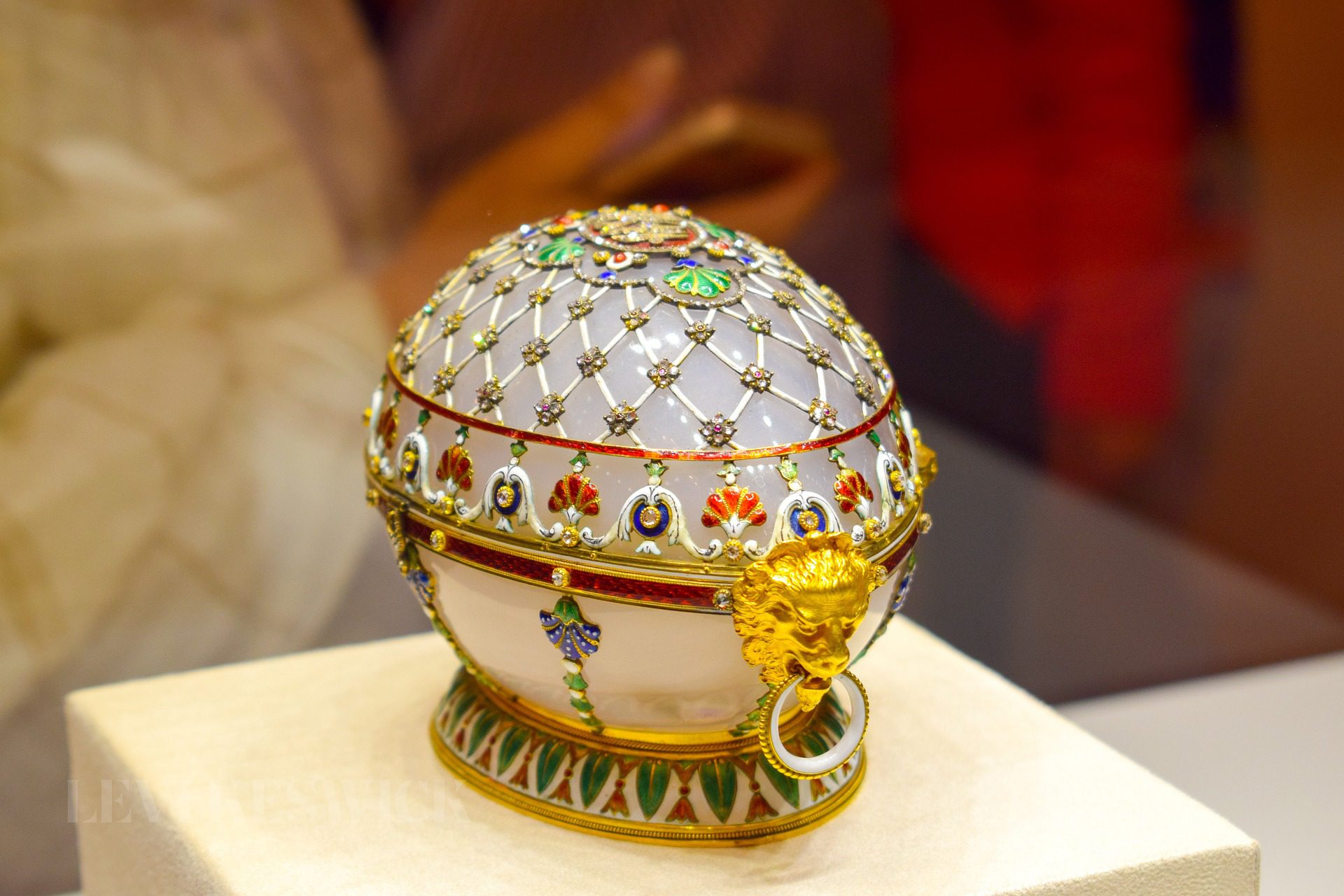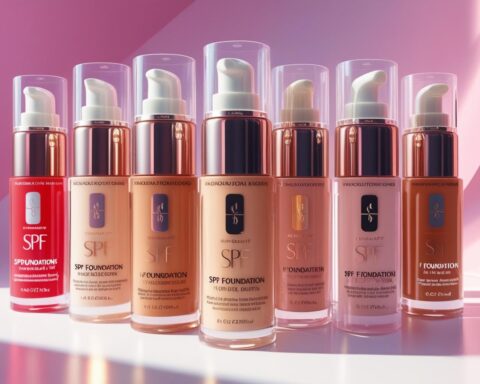Key takeaways:
- Fabergé eggs are renowned for their exquisite craftsmanship and the use of precious materials.
- Authenticity of a Fabergé egg is determined by factors like perfection of design, appropriate decoration, and accurate period symbols.
- Replicas, though visually similar, lack the historical context and meticulous attention to detail characteristic of original Fabergé eggs.
- Genuine Fabergé eggs command staggering prices, with starting values often in excess of $10 million.
A Glittering Legacy: The Fabergé Phenomenon
The Fabergé egg, a unique embodiment of luxury and artistry, was conceived by the legendary jeweler Peter Carl Fabergé in late 19th century Russia. These intricate creations, initially meant to surprise and delight the Russian Imperial family, have captivated art enthusiasts, historians, and luxury collectors worldwide for over a century. But amid the sea of replicas and fakes, how does one distinguish a real Fabergé egg?
The Unrivalled Artistry of Original Fabergé Eggs
Original Fabergé eggs are distinguished not just by their opulence, but by the remarkable artistry that they exhibit. Peter Carl Fabergé’s masterful technique involved intricate enameling, a process that allowed him to achieve near perfection in each piece. His aesthetics, emphasizing balance over abundance, rendered the gems as an enhancement to the egg’s overall design, rather than as the primary focus.
The Allure of Rarity: Scarcity of Genuine Fabergé Eggs
The allure of authentic Fabergé eggs extends beyond their physical beauty and craftsmanship. With only 50 unique eggs known to have been crafted by Fabergé, and just 42 accounted for in present times, the rarity of these precious objects amplifies their value. The remaining eggs, lost in the tumultuous waves of history, infuse the search for these objets d’art with a sense of thrilling mystery.
The Million-Dollar Question: Acquiring an Authentic Fabergé Egg
Obtaining an authentic Fabergé egg is no small feat, given the scarcity of these coveted treasures. Genuine Fabergé eggs typically reside in prestigious museums or the hands of private collectors, and when they do become available, the price tags are astronomical. Expect to invest a minimum of $10 million for an authentic Fabergé egg, with prices often soaring far beyond this starting point depending on factors like the piece’s age and embedded gem count.
While replicas of Fabergé eggs may visually resemble their genuine counterparts, discerning eyes can identify several critical differences.
- Price is often the first giveaway. Any Fabergé egg offered for less than $5 million should raise suspicion about its authenticity.
- Design is another crucial determinant. Fabergé’s enameling work was nearly flawless. An egg exhibiting splotchy or imperfect enameling is likely a replica.
- Decorations also play a significant role. Fabergé used jewels to enhance his designs, not overpower them. An egg that’s overly decorated with gems could indicate a fake.
- Lastly, symbols on the eggs can reveal their authenticity. Fabergé eggs featuring symbols that postdate Fabergé’s lifetime, like the American flag, are undoubtedly replicas.
In the end, the allure of Fabergé eggs lies not just in their exquisite design, but also in the compelling narratives they encapsulate. Whether you’re an art aficionado, a historian, or a luxury collector, learning how to tell a real Fabergé egg will ensure you appreciate the true value of these extraordinary creations.








